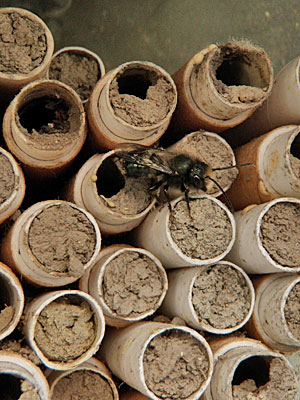
Encouraging Pollinators
Celebrate Pollinator Week! Most people have heard the news that honeybees are in trouble in this country. If you’ve planted fruit trees in your garden, you have even more to worry about- who is going to pollinate those flowers so you get the bounty of fruit you were anticipating? What can you do to encourage […]
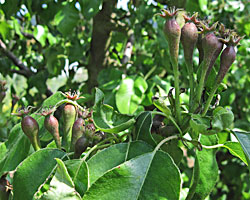
Thinning Fruit
We cannot overemphasize the importance of thinning the young fruit on your trees. Now is a good time to start thinning. Early thinning can help break the tendency of biennial (every other year) bearing that is common in some apple and pear varieties, and ensuring you have more even crops each year. Some people are […]
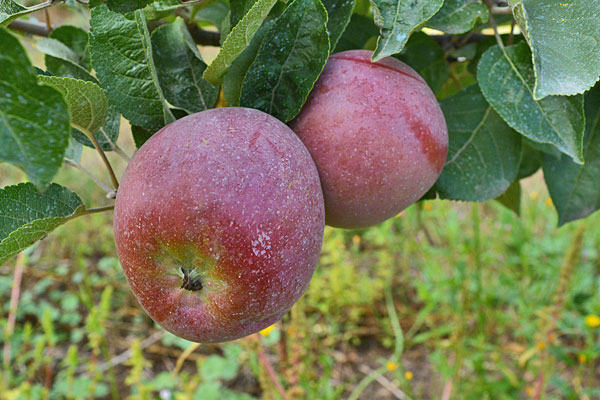
Multi-Variety Trees & Watching for Bud Stages
Last month, we wrote about root stocks, and how they influence the way a fruit tree grows. Why don’t you graft several varieties onto the same root stock and save space? It sounds great, doesn’t it? 4 or 5 varieties of apple, all on one tree! Both pie and sweet cherries on one tree! How […]
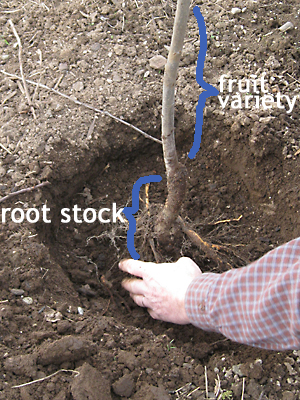
Rootstock, defined
“What the heck is a rootstock? ” It is not uncommon for us to hear this from our customers buying fruit trees. Deciding which rootstock to use is one of the complexities of planting fruit trees. In simple terms, fruit trees are produced by joining the wood of a variety of fruit, like Honeycrisp apple, […]
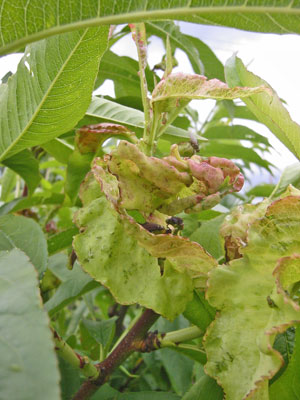
Peach Leaf Curl
Peach Leaf curl is caused by the fungus Taphrina deformans. The spores of the fungus lodge in the bud scales of peach and nectarine trees in the summer, overwintering there until the tree begins to break dormancy. At that time, the new leaf tissues are infected, causing the cells to grow larger than normal, which […]
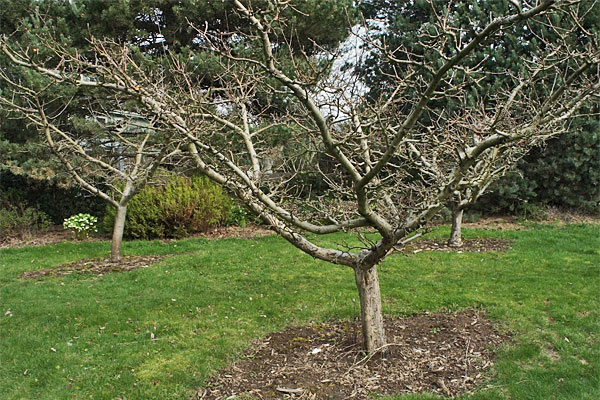
Winter Scouting Fruit Trees
Scouting, or looking for pest and disease problems on plants, is an important part of good orchard management. Winter is a good time to look at your fruit trees without their leafy clothing hiding problems. In our rainy climate, all manner of fungal and bacterial infections can damage fruit trees, mainly by forming galls or […]
